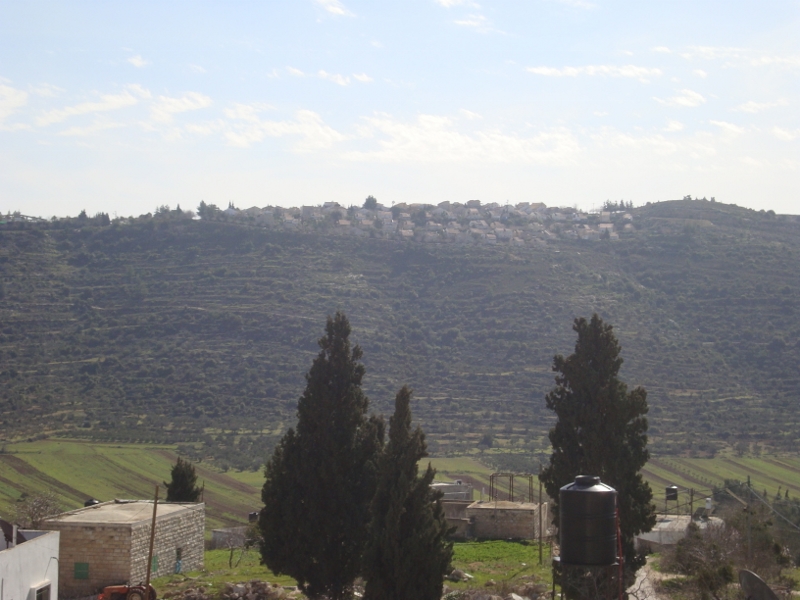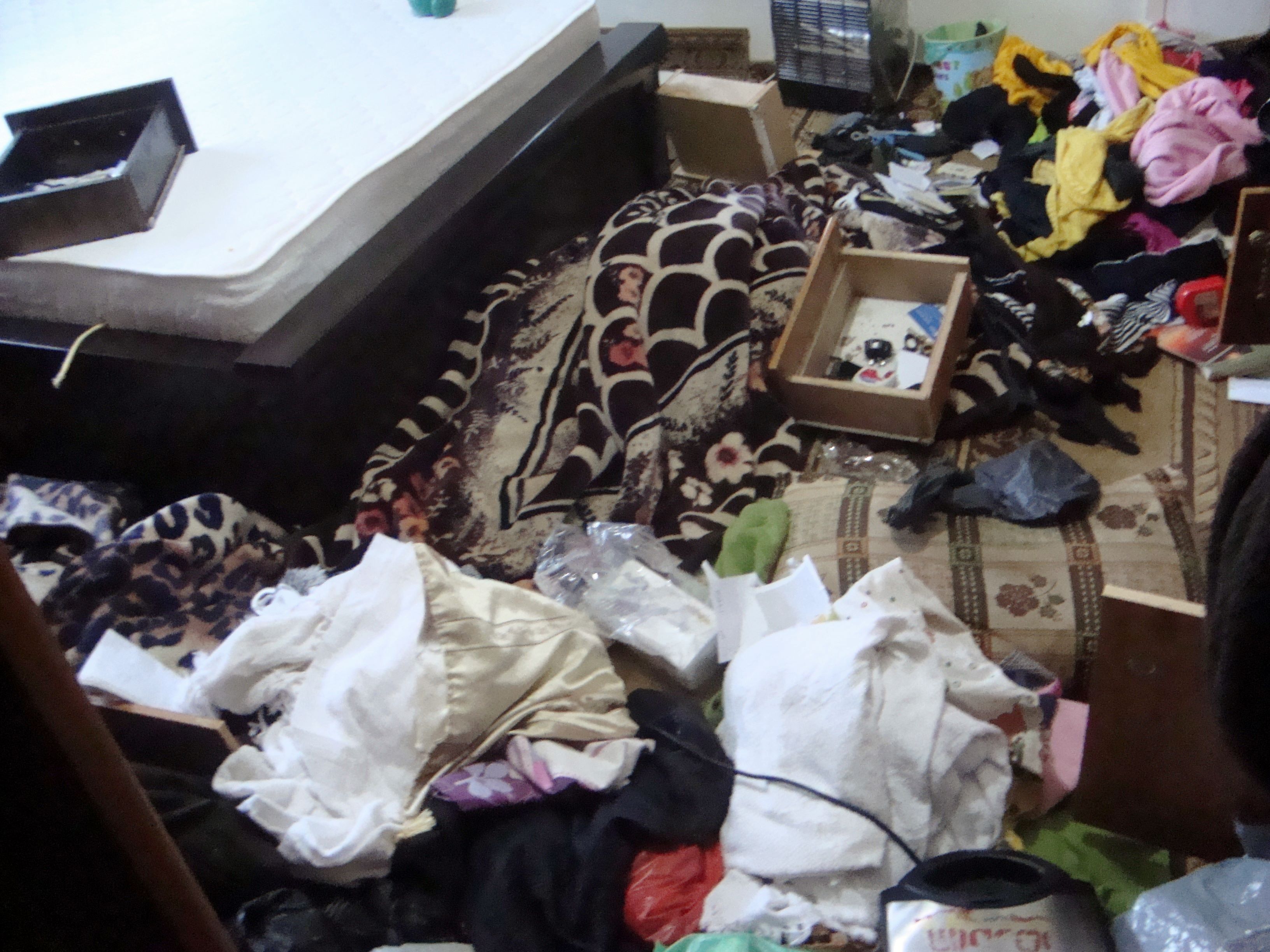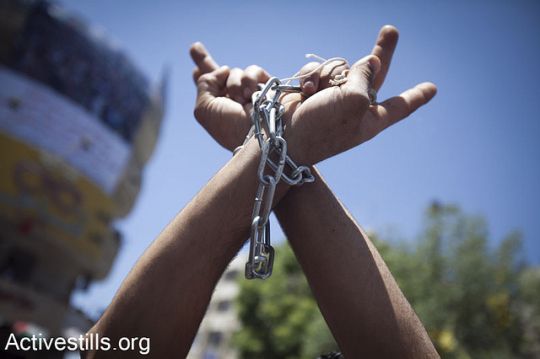Category: Reports
-
Village in Focus: As Sawiya
25th January 2015 | International Solidarity Movement, Nablus Team | As Sawiya, Occupied Palestine On January 24th, 2015, ISM activists visited As Sawiya, a Palestinian village located near Salfit. The village is home to around 3,500 people. Seven mountains surround the village; much of the land is occupied by three illegal Israeli settlements – Eli,…
-
Palestinian arrested in night raid on his family’s home
25nd January 2015 | International Solidarity Movement, Nablus Team | Bruqin, Occupied Palestine At around 4:00 AM on January 23, Israeli forces arrested 22-year-old Raja Sabra in the course of a violent raid on his family’s home in the Palestinian village of Bruqin. His father was awakened by noises coming from outside. Twenty to thirty…
-
Released after over 10 years in an Israeli prison
22nd January 2015 | International Solidarity Movement, Nablus Team | Awarta, Occupied Palestine Two weeks after his release from prison, ISM activists had the opportunity to sit with Aiman Awwad and his friend, Samer Zaqah, in their hometown of Awarta. Aiman was arrested in June 2004, at the age of 20, and released in January…



